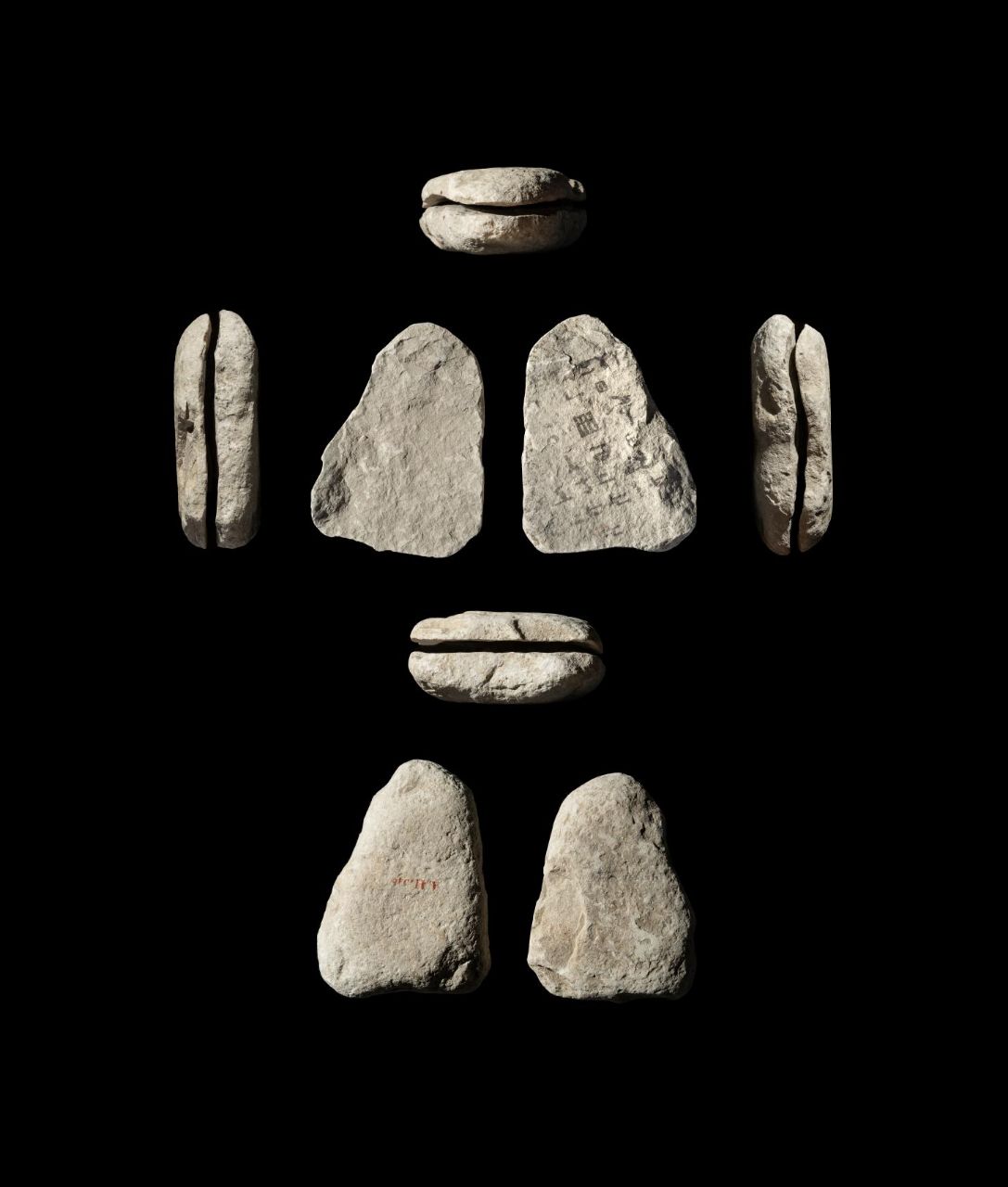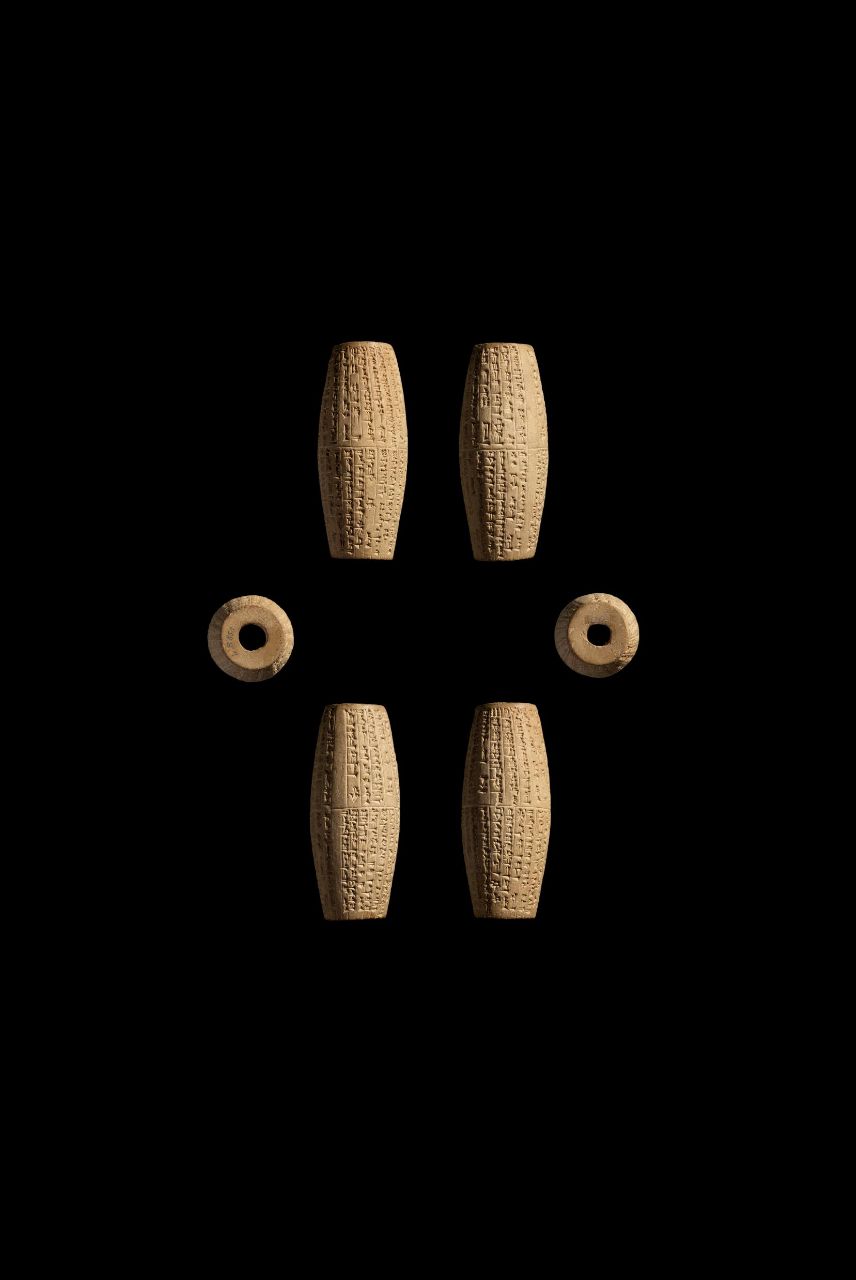Ancient Writing
The rich and diverse writing traditions of the ancient Mediterranean world
Week of Ancient Writing
When people think of writing in the ancient Mediterranean world, usually Egyptian hieroglyphs, the Greek alphabet and perhaps the cuneiform script come to mind. But did you know that much more writing systems existed in antiquity, and that they were used for many different languages?
The richness and diversity of ancient writing systems is the central theme of the first edition of the ‘Week of the ancient script (‘Week van het Oude Schrift’), an initiative of the Rijksmuseum van Oudheid (RMO), the Netherlands Institute for the Near East (NINO), the Taalmuseum and (of course!) TTT. During this week, which takes place from 8-16 September 2022 at the RMO, there will be several lectures, workshops and other (family) activities to get acquainted with various ancient scripts, such as Luwian Hieroglyphs, Elamite cuneiform and abnormal Hieratic.
Not only is there a great variety in scripts and languages, but also in the materials and techniques that were used; some inscriptions were incised in stone, others were written on papyrus, wood or clay. In this zone, the story of writing will be told from the perspective of 14 fascinating objects, which contain different forms of writing, ranging from a tomb with a Nabatean alphabetic inscription, an amulet with a text in pseudo-cuneiform, to bones inscribed with Coptic. Most objects belong to the collections of the RMO and NINO, and the story tellers are an interesting mix of researchers, students and museum curators. Please note that this is an ongoing project and that more stories will be added in the future, so stay tuned!












